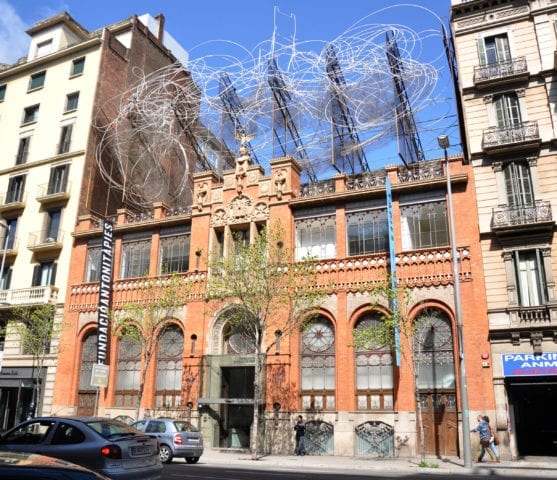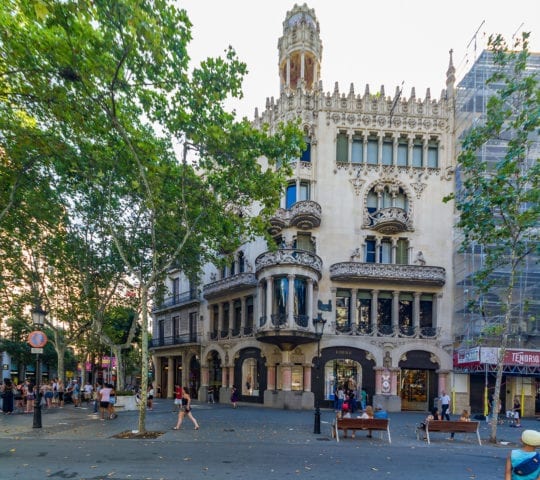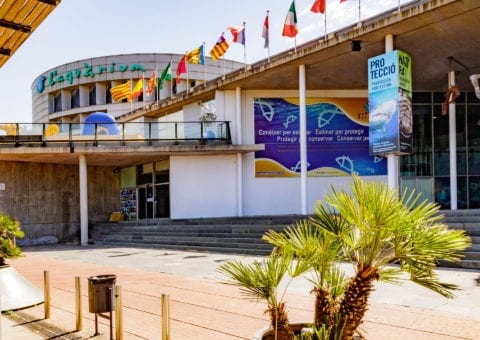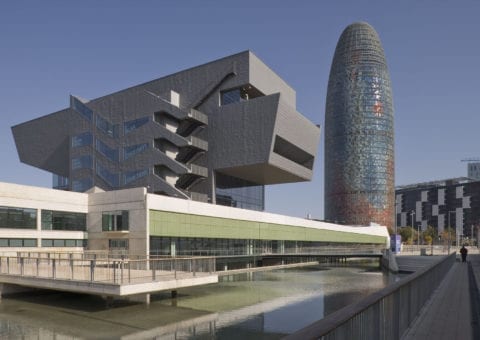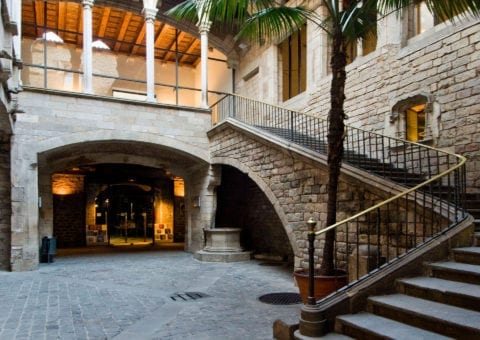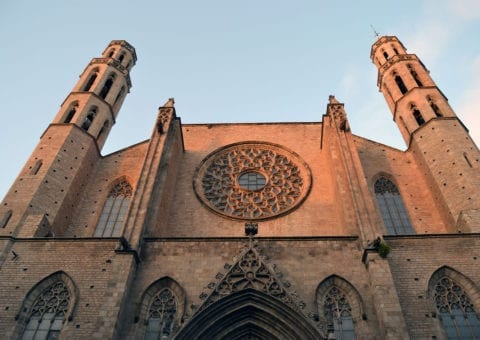Walking through it is like visiting an open-air modernism museum. In what is the Ensanche district itself are the most emblematic and visited buildings of Catalan Modernism; Casa Batlló, Casa Amatller, La Pedrera… When you walk along the sidewalks, look at the pavement on the floor, it is the Gaudí tile, hexagonal tiles that in a set of seven pieces make up 4 marine representations, at the MOMA we will find it exhibited as one of the first industrial products. Its benches and iron lampposts, the work of Pere Falqués, are also to be admired.
…A little history:
– In the Barcelona of the fourteenth century it was forbidden to make more religious buildings, so the new ones were located outside the walls. In front of the current Casa Batlló, the convent of Santa María de Jesús was built, we could say that this was the first name of the Paseo, “Camino de Jesús” which is what the citizens called it, when they were going to the convent or towards the Villa de Gracia .
– At the end of the 19th century, theaters, restaurants, cafeterias, dance halls proliferated…
– At the beginning of the 20th century It was the promenade of the bourgeoisie and the aristocracy, who disputed over the fashionable architects to build their residences or buildings.
– “The apple of discord” The healthy rivalry between three of the most relevant modernist architects; Puig i Cadafalch, Domenech i Montaner and Gaudí can be seen here, where three buildings of very different styles come together. Gaudí had the advantage of seeing the work of the other two finished before carrying out his own, “Casa Batlló. “
Currently, Paseo de Gracia brings together the offer of the most exclusive shops and most prestigious brands, luxury hotels, restaurants and cafes.


